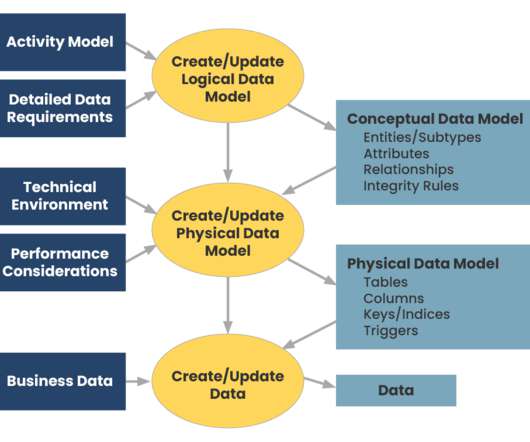Understanding the 4 Fundamental Components of Big Data Ecosystem
U-Next
SEPTEMBER 23, 2022
The fast development of digital technologies, IoT goods and connectivity platforms, social networking apps, video, audio, and geolocation services has created the potential for massive amounts of data to be collected/accumulated. Stage 2: obtaining cloud computing resources for Big Data processing and storage. .












Let's personalize your content